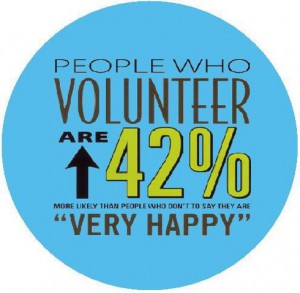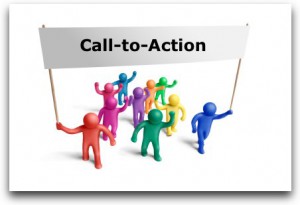Your donor has just sent in another gift! Hurray!
So you reply with a wonderful, personal thank you note. And then you call her to say thanks. In addition to the paper letter that you send.
Then what?
You have to communicate with her . . . so you can continue to build that warm, close relationship with her.
You’ll send your newsletter. And you’ll send email alerts and updates.
But will it matter? Will she pay attention? Will she care?
Here are 5 smart tips from my favorite communications expert Kivi Leroux Miller on how to make her pay attention and love you even more.
1. Ask donors to do something besides give money.
One of our great rules in fundraising is “Involvement breeds investment.”
You and I both know that involving our donors is an important goal. But how many organizations really pull this off?
Try:
- Inviting your donors to volunteer – then they’ll experience your work in action – and everything just may change.
- Asking your donors for feedback about your organization. (try a survey)
- Asking your donors to take some sort of action to help the cause.
2. Use a clear call to action.
When you are inviting your donors to get involved – don’t be vague.
Kivi says that these words are not clear enough: Participate, Engage, Believe, Understand, Support, Help, Promote, Share . . .
Instead, be extra specific about what your donors can do to help.
Try:
- Making your call to action so specific that you could take a picture of someone doing this.
- Giving your donor step by step instructions on what to do: Get a Kit, Make a Plan, Be Informed in an Emergency.
3. Don’t bore them!
Want to know what bores your donors? Lengthy articles! Dense print. Kivi says that the days of 1000 word newsletter articles are over.
You and I both know that long, complex communications don’t really fly with donors. But how many people are tackling this seriously?
How many traditionally long newsletters am I seeing both in snail mail and email? Wayyyy too many!
Try:
- Sharing short videos. (I’m really intrigued with this idea!)
- Sending short, sweet and interesting news tidbits.
- Breaking up your newsletter into 3 or 4 different pieces that go out at different times.
- Sending a tiny infographic to your donor.
4. Send them snail mail in addition to emails.
Are you cutting back on your print mailings in order to save money? I’ve seen too many nonprofits who have eliminated their print newsletter so they can cut down on their expenses.
We both know better – but the urge to save all those postage and printing costs is just too great! PLEASE don’t cut back too much on your print materials!
Why?
- Many donors will read both types of communications – building up your wattage in their attention span.
- Older donors tend to actually read print materials – and they are the ones who give the most.
- Communicating via different media channels reinforces and amplifies your message.
5. Find the stories.
Kivi says that telling a story in a series of different communications is a wonderful way to draw your donors in and keep them interested.
We all know that humans are wired for stories – look at the success of People Magazine! I know whenever I’m giving a workshop and my audience looks tired – then I switch to telling a story and every eye in the room is riveted to me. Everyone just wants to know what happens next!
Try:
- Finding the funny moments and sharing them with your donors.
- Creating a “story arc” – that you spin out slowly over time. (Love love love this idea!)
- Find clients and people you’ve helped to tell their own story.
BOTTOM LINE!
You as a fundraiser need to get much better at how you communicate – because it’s these happy touches that will prime the donor to be ready to give again.
Fundraisers these days can NOT rely just on a strong appeal letter!! Instead you have to give your donor an entire experience via your communications.
Then you can create your pool of consistent donors who provide ongoing sustainable funding to your nonprofit. Hurray!






